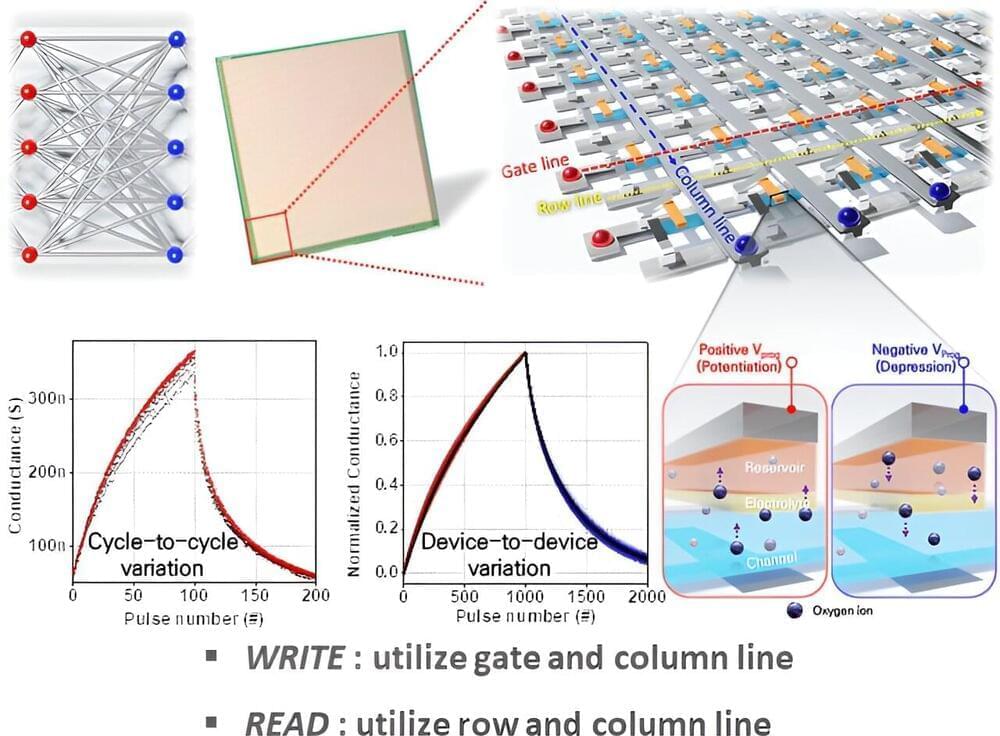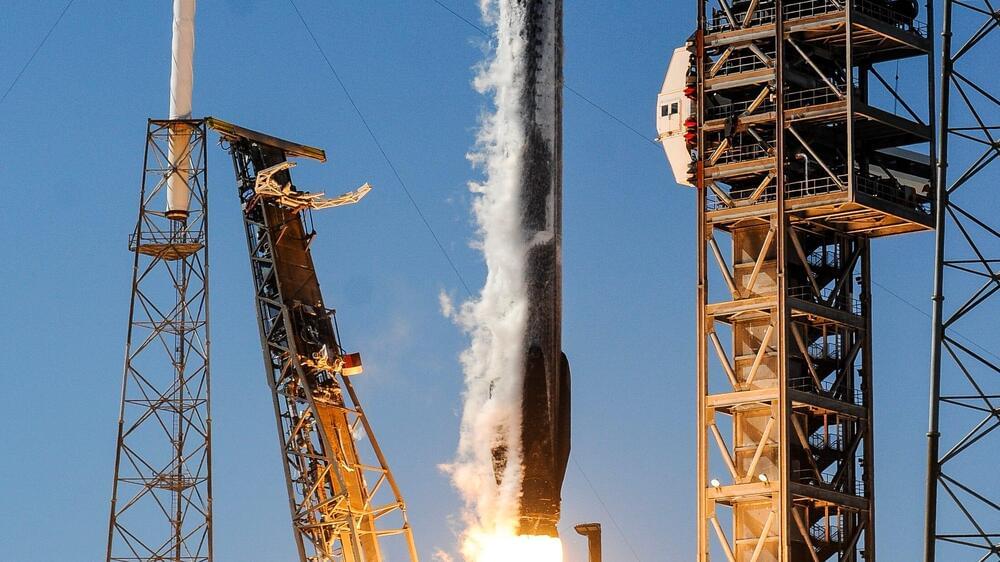697: The (Short) Path to Artificial General Intelligence — with Dr. Ben Goertzel.
696: Brain-Computer Interfaces and Neural Decoding — with Prof. Bob Knight.
697: The (Short) Path to Artificial General Intelligence — with Dr. Ben Goertzel.
696: Brain-Computer Interfaces and Neural Decoding — with Prof. Bob Knight.
As advances in AI and Machine Learning accelerate, the once-fictional idea of machines gaining Consciousness is becoming a pressing reality. This video explores the potential risks and questions how prepared Hue-BEings are for this new form of Consciousness. From self-driving cars to Intelligent machinery, we delve into the Evolution and implications of AI emulating Hue-BEing interactions. What type of Future will we all Build, Together?
Telomerase gene therapy shows promising potential for treating pulmonary fibrosis and other diseases associated with short telomeres.
Watch the full talk of Maria A Blasco at Longevity Summit Dublin 2024 here https://youtu.be/Gab1xxl8Jio?si=bwjW1gTNr7E0LX90
Dont forget Exclusive entry ticket rates here and Join us at LSD 2025.
https://mailchi.mp/longevitysummitdublin/2025-waitlist.
#MartinO’Dea #Aubreyd Grey #LEVFoundation #hevolution #Rejuve. Bio #Rejuve. AI #Nutrihealth #EnableHealth #RepairBiotechnologies #ACCELERATEDBIOSCIENCESCORP #NADMED #GlycanAge #FáilteIreland #FightingBlindness #FoundersForumGroup #genknowme #HausofSkin #GriffithCollegeDublin
Hollow worlds isaac arthur.
Use code isaacarthur at the link below to get an exclusive 60% off an annual Incogni plan: https://incogni.com/isaacarthur.
Earth is immense, but we only live on a thin shell of its surface. So what if we built a planet with only that thin shell, or with several layers of them?
Join this channel to get access to perks:
/ @isaacarthursfia.
Visit our Website: http://www.isaacarthur.net.
Join Nebula: https://go.nebula.tv/isaacarthur.
Support us on Patreon: / isaacarthur.
Support us on Subscribestar: https://www.subscribestar.com/isaac-a…
Facebook Group: / 1583992725237264
Reddit: / isaacarthur.
Twitter: / isaac_a_arthur on Twitter and RT our future content.
SFIA Discord Server: / discord.
Credits:
Megastructures: Hollow Earth.
Episode 453, June 27, 2024
Written, Narrated \& Produced by: Isaac Arthur.
Graphics:
Apogii.uk.
Jarred Eagley.
Jeremy Jozwik.
Ken York YD Visual.
Sergio Botero.
Steve Bowers.
Music Courtesy of Epidemic Sound Epidemic Sound http://epidemicsound.com/creator.
Lombus,\.
A major new player has entered the race toward endless energy.

A research team has demonstrated that analog hardware using ECRAM devices can maximize the computational performance of artificial intelligence, showcasing its potential for commercialization. Their research has been published in Science Advances.
The rapid advancement of AI technology, including applications like generative AI, has pushed the scalability of existing digital hardware (CPUs, GPUs, ASICs, etc.) to its limits. Consequently, there is active research into analog hardware specialized for AI computation.
Analog hardware adjusts the resistance of semiconductors based on external voltage or current and utilizes a cross-point array structure with vertically crossed memory devices to process AI computation in parallel. Although it offers advantages over digital hardware for specific computational tasks and continuous data processing, meeting the diverse requirements for computational learning and inference remains challenging.


For more on information and video interviews with Julian Barbour, please visit http://bit.ly/1aoc0oZ
For more videos answering the question what is time click here http://bit.ly/1BRNBi2
To buy episodes and seasons of Closer To Truth click here http://bit.ly/1LUPlQS
Time is a mystery; it’s not what it seems. Time’s flow feels unstoppable, yet some say time is not fundamental, perhaps not even real. Why do physicists and philosophers think time is a construct, something that emerges, not something that is basic?
For more Closer to Truth interview videos, please visit http://www.closertotruth.com
There’s only one alliterative phrase i like more than ‘the sheekey science show’, and that’s ‘anti-aging antibodies’. now, as it happens, one thing i spent a lot of time working on this year is antibodies. Antibody, make me feel this way. now while i cannot tell you yet what i was/am doing, i can tell you about two recent science stories that exploit antibodies to extend mouse lifespan. Firstly, i will bring your attention to this paper — immunotherapy targeting isoDGR-protein damage extends lifespan and then we’ll look at this paper that came out last month — Inhibition of IL-11 signalling extends mammalian healthspan.
Find me on Twitter — / eleanorsheekey.
Support the channel.
through PayPal — https://paypal.me/sheekeyscience?coun…
through Patreon — / thesheekeyscienceshow.
TIMESTAMPS:
Intro — 00:00
Antibodies — 00:45
Inhibiting protein damage — 02:15
Inhibiting IL-11 — 05:20
REFERENCES
Immunotherapy targeting isoDGR‐protein damage extends lifespan in a mouse model of protein deamidation — https://doi.org/10.15252/emmm.202318526
Widjaja, A.A., Lim, WW., Viswanathan, S. et al. Inhibition of IL-11 signalling extends mammalian healthspan and lifespan. Nature 632157–165 (2024). https://doi.org/10.1038/s41586-024-07…
Please note that The Sheekey Science Show is distinct from Eleanor Sheekey’s teaching and research roles. The information provided in this show is not medical advice, nor should it be taken or applied as a replacement for medical advice. The Sheekey Science Show and guests assume no liability for the application of the information discussed.